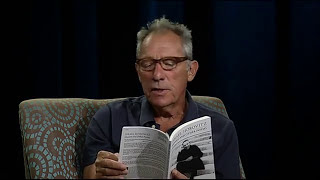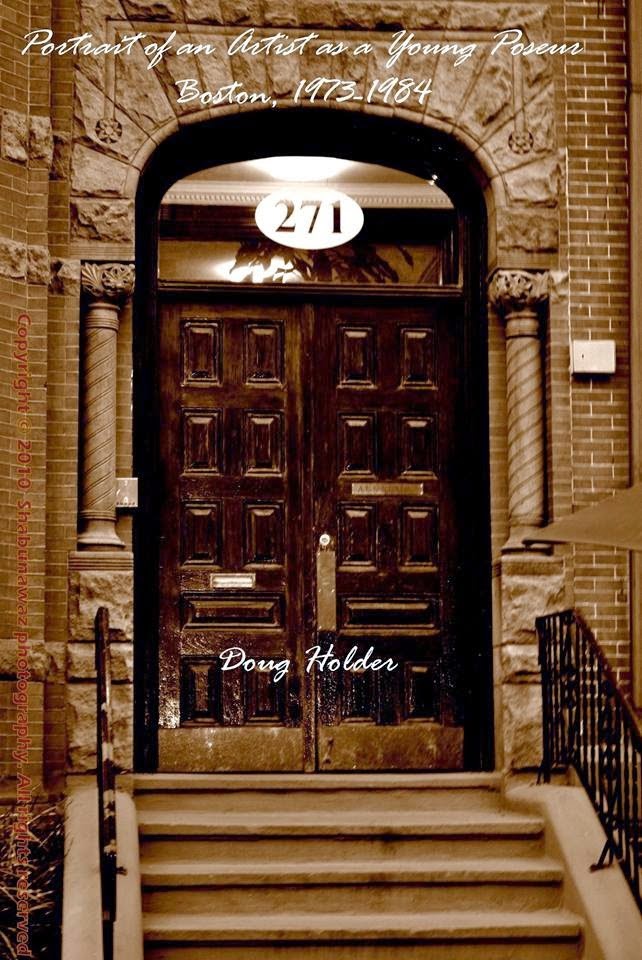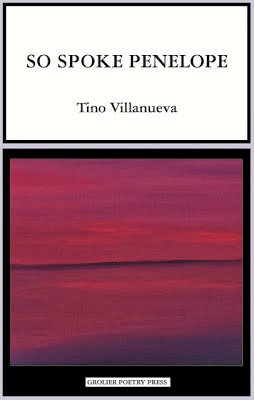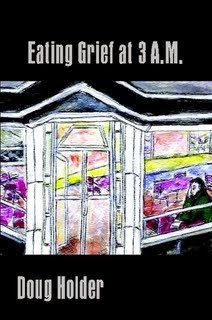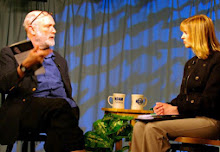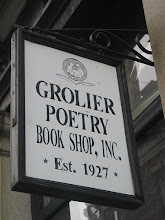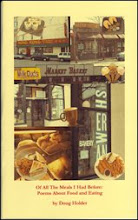
Set in Motion
Karen McKinnon
$14.00
The Wildflower Press
www.thewildflowerpress.com
REVIEW BY: Renee Schwiesow
Chance meetings are not always chance. Nor does time and distance sever the connection made during brief encounters that we may brush aside as trivial. For Karen McKinnon and Pastor Ian (Murdo) MacKenzie, even an absence that covered the span of forty-one years did not diminish the connection these two soul-others had together.
While in her twenties, Karen shared a mere forty minutes with Ian on a train ride from Edinburgh to Newcastle, Scotland. They held a forty-minute conversation that lived on for Karen and a pointed question Ian asked stuck with her: what is writing for? After Karen returned to the states where she planned on marrying her fiancé, Ian wrote to her. In the fifties women who were about to be married did not carry on as pen pals with other men. Karen did not write Ian back. But she never forgot him and with the understanding of her second husband, set out to find Ian on a trip to Scotland. She would find him on that trip, through another chance encounter with an Elder at St. Giles Cathedral, but it would be little over a year before the two actually met again on a second trip Karen and her husband took to Scotland. During the interim, their relationship blossomed through letters.
Karen’s memoir shared with us through journal entries, poetry, and letters relates love through Spirit in a way far too many of us discount. Not only are we allowed into the inner circle of the relation between Karen and Ian; but also we are drawn into the understanding, the openness, the love that is shared between Karen and her husband, Richard, and Ian and his wife of 40 years, Elizabeth. Ian and Karen write of their connection, which Karen addresses in this way:
“I am not trying to reclaim what never was; just participate in what is, here and now. This is all we’ve got.”
And, Karen and Ian’s exchanges poignantly offer that the present is a gift and true connection, is something not to be taken lightly or for granted.
Karen McKinnon is a poet. And the introduction offered by Robert Creeley in her last book of poetry, “Coming True,” is well deserved. The poems she offers in “Set in Motion,” were all shared over the years with Ian. He often requested that she send more, never tired of her work. In reading “On an Island,” I realized that I secluded myself on a metaphorical island in the reading of “Set in Motion.” I sat curled in my green, corduroy wingback chair and the water of the words shared between Karen and Ian, the emotion of her poetry flowed around me:
A tapestry of words
threaded into
my narrowed awareness
tugs my sleeve
unravels
The hibiscus blooms
with impertinence
blushes
fuschia, orange, pink
bows before us
making tunes
under its breath like every-
thing else that breathes
I finished the book with a sigh, knew that I was unraveled and was happy to have been undone by the threading of Karen’s tapestry of words.





